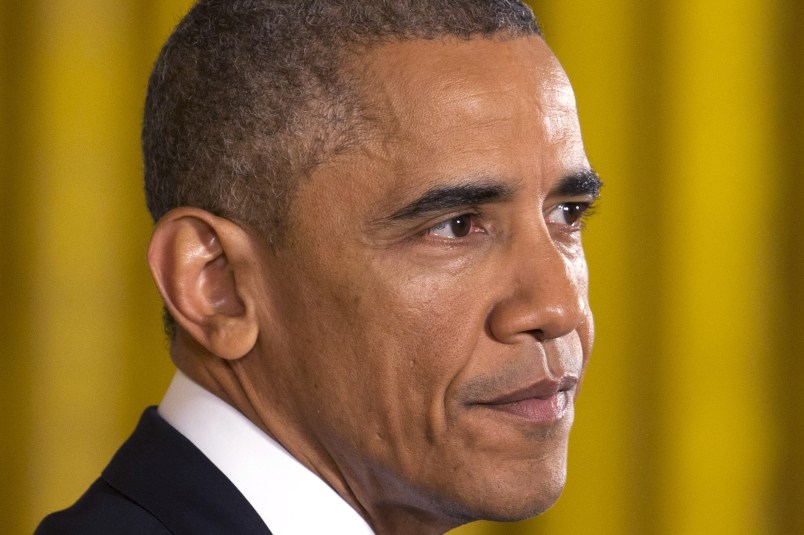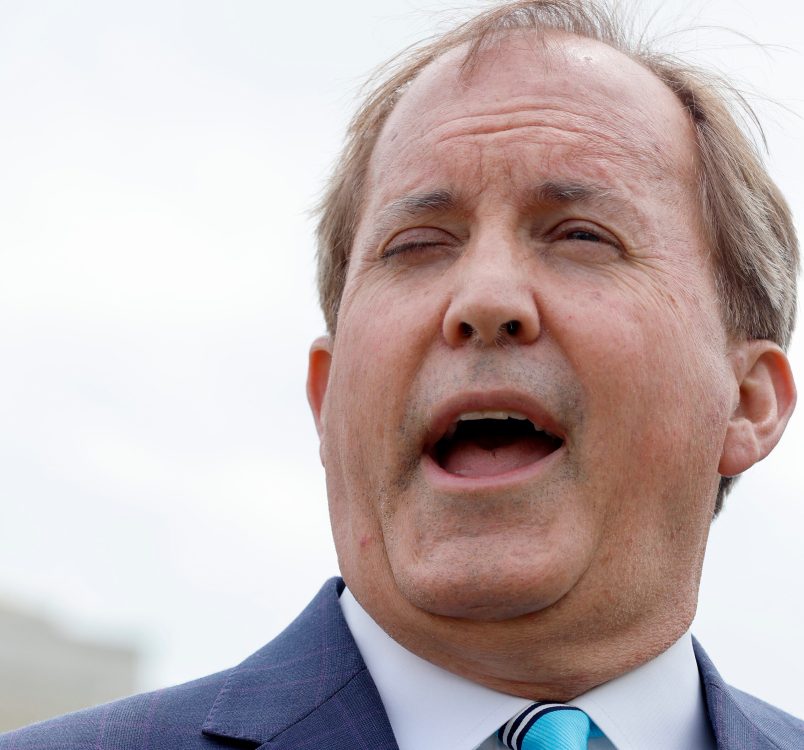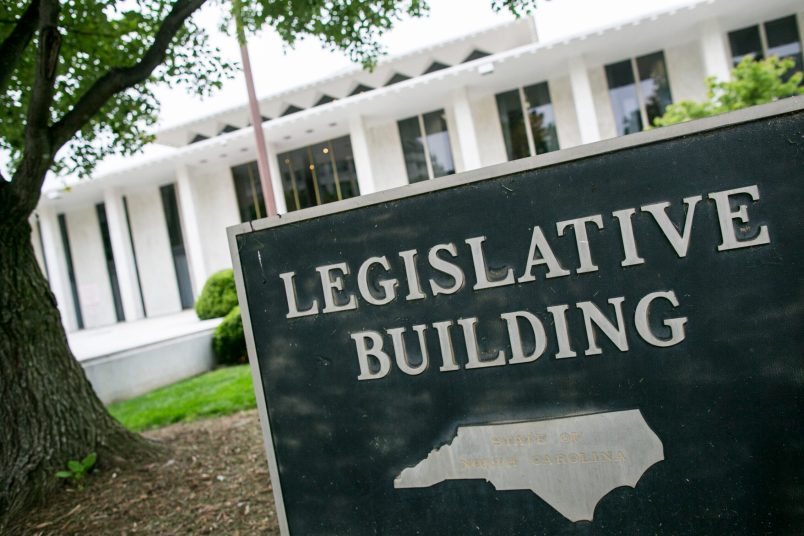Some truly historical trends are underway in health care spending, according to a new report released by the federal government and published in Health Affairs this week, the result of a still slow economic recovery and the reforms of the Affordable Care Act.
Here are five things you should know.
Spending Growth Is At Record Lows
Heath spending grew at the lowest rate on record in 2013: 3.6 percent. Per-capita growth was 2.9 percent, the lowest figure since 2009. The chart below explains which factors are contributing to health spending growth.

Health Spending As A Share Of GDP Has Remained Steady
Health spending as a percentage of gross domestic product was flat in 2013, 17.4 percent, continuing a stalling of historical trends that saw it grow consistently over the last three decades.

More High-Deductible Plans Could Be Discouraging Consumer Spending
One contributing factor is people moving into high-deductible plans, which means they pay more for their own care and therefore often seek it out less. The percentage of people in such plans increased to 20 percent over covered workers in 2013 from 17 percent in 2011.
Sequestration Had Big Effect On Medicare Spending
The effects of the 2011 sequestration are still being felt: It required a 2 percent across-the-board reduction in Medicare benefits, as well as cuts to medical research. Non-commercial research was one of the few sectors of the health care industry to see an outright drop in spending in 2013: 2.6 percent.
Government Remains Huge Spender On Health Care
The government is still the huge spender in the industry, accounting for 43 percent of U.S. health care spending, an increase from 40 percent in 2007. The federal government’s share has shrunk since the stimulus, which included some enhanced funding for struggling programs like Medicaid, expired, but states and local governments are largely picking up the slack.






